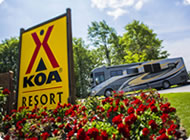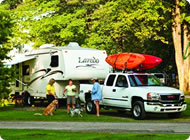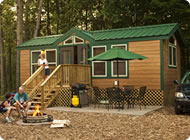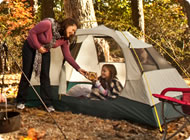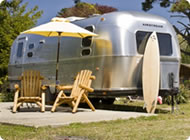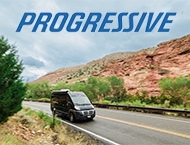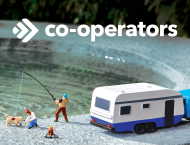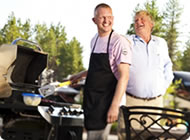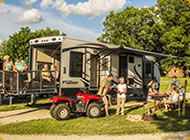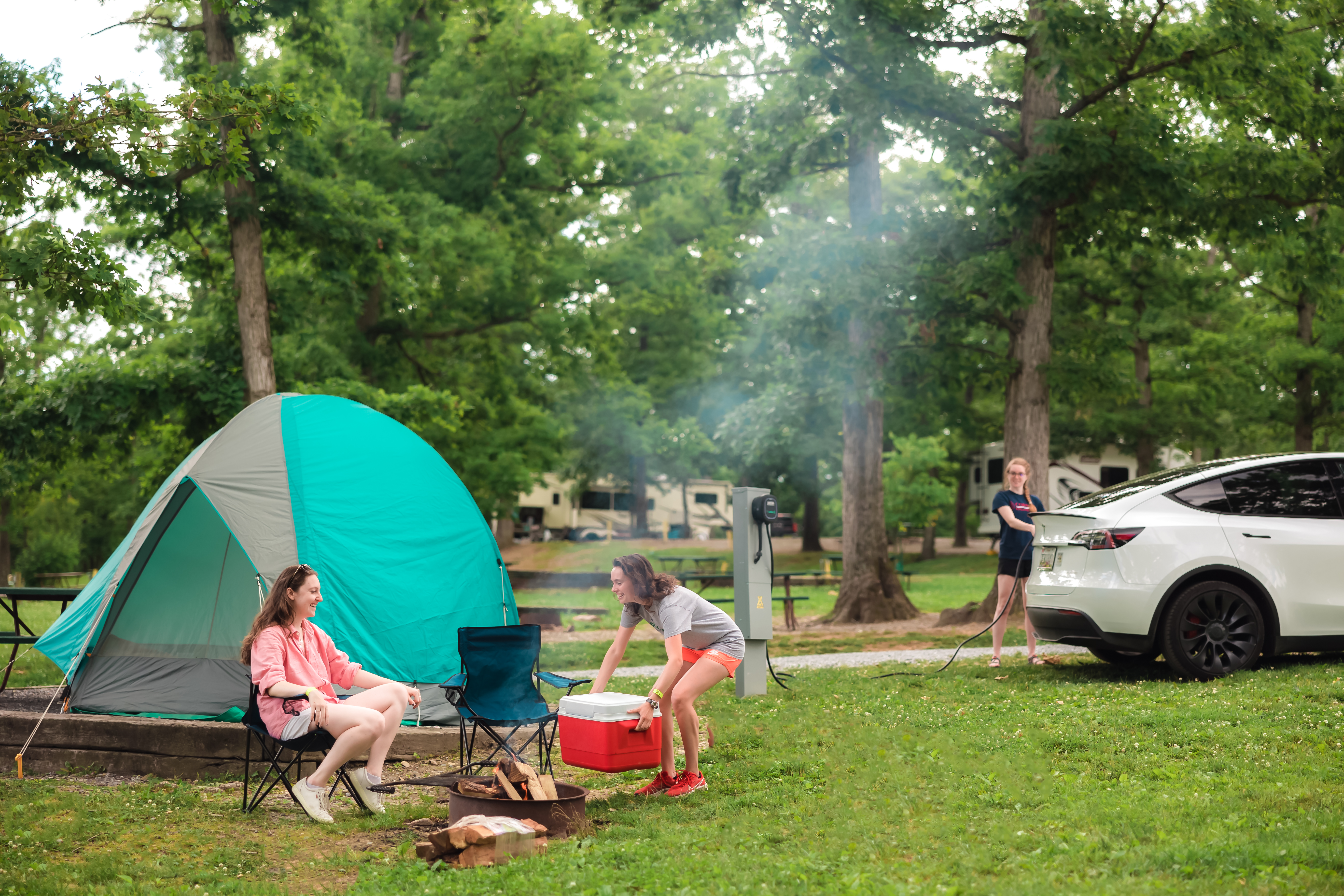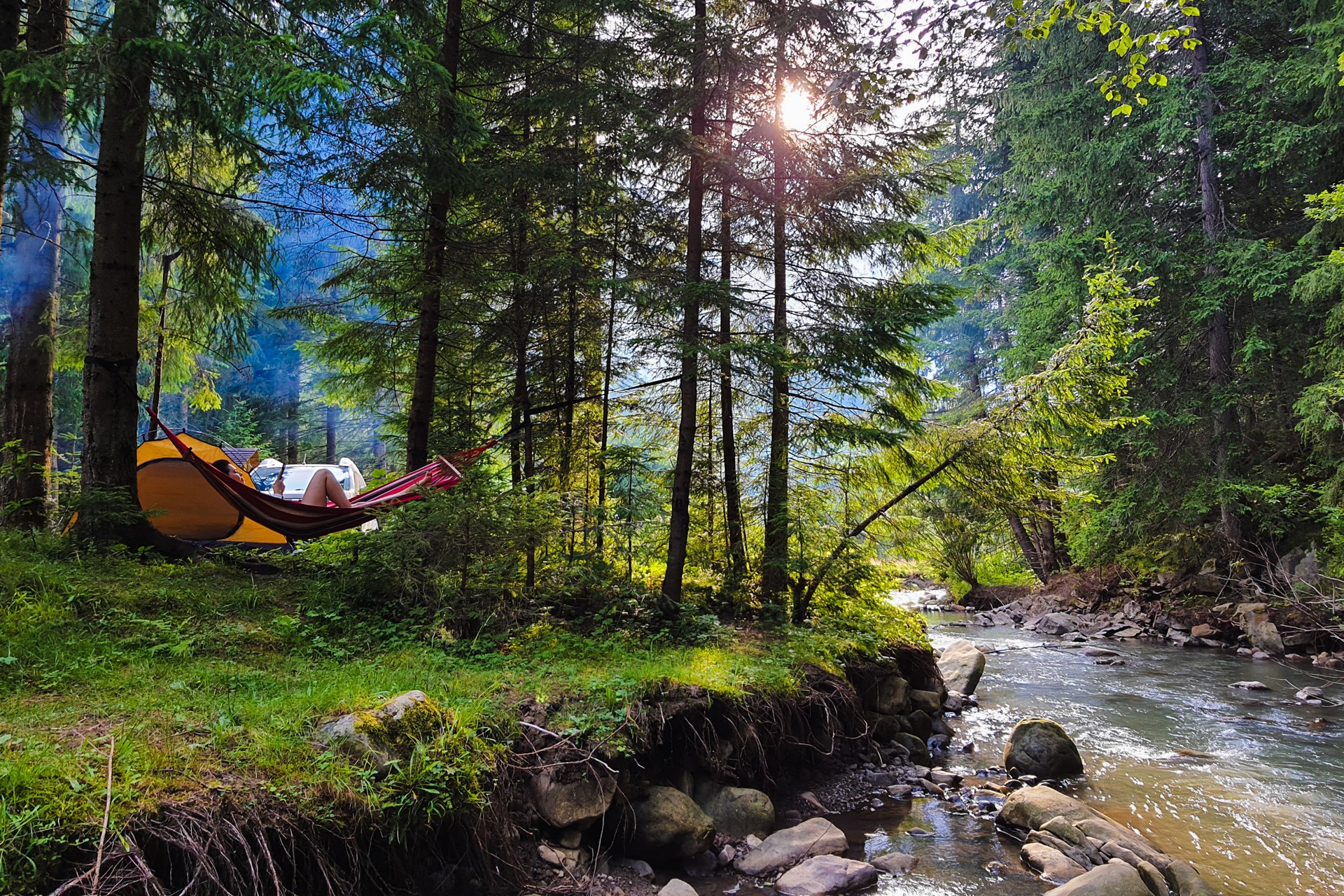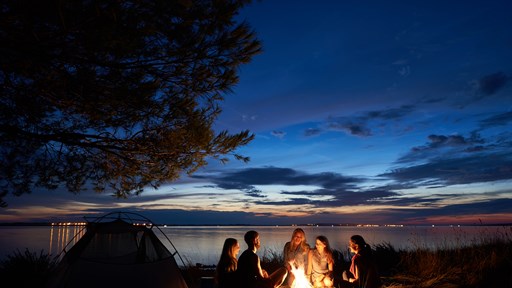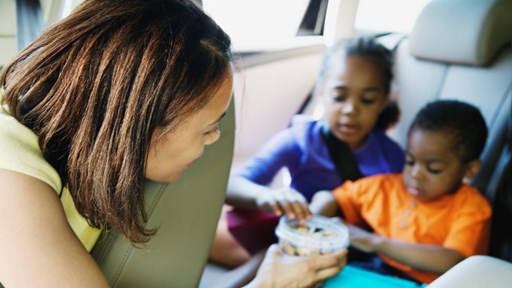Going Green While Camping
The concept of “leave no trace” is becoming increasingly popular and important in today’s world. There are over 100 million visitors embarking on over 10 billion trips into the outdoors in the United States alone every year. We are beyond thrilled there are so many people adventuring in the outdoors. However, numbers like this really make you think about the toll all these visitors are having on the environment.
The great outdoors suffer from visitors at this volume that bring with them litter, trail erosion, invasive species, and more. Are you doing your part to keep nature in its beautiful, original state and possibly leaving it better than when you found it? It does not take much effort to respect Mother Nature and keep her looking and feeling fabulous.
So, keep reading on how you can do your part to make your camping more eco-friendly. This way, you ensure you’ll be able to enjoy the outdoors for years to come.
9 Tips for Eco-Friendly Camping
Eco-friendly camping is a term to describe environmentally friendly camping. Realistically, all camping trips should be environmentally friendly. However, many people do not realize the impact of their actions on the environment. As you learn more about ecologically friendly camping, it is important to remember this process is a journey, and it is natural to make mistakes. Part of the learning process is committing to doing better to improve your camping skills.
From promoting environmental conservation to reducing greenhouse gasses, there are a lot of benefits to utilizing eco-camping methods. By using some of the tips and tricks below, you can help reduce your environmental footprint while camping.
1. Buy Organic Food
You can start your eco-friendly efforts before you even embark on your adventure into the great outdoors. By buying food for your trip that is organic, you are already giving the environment a break. How is that?
Well, the way organic foods are farmed is far more eco-friendly than traditional agriculture. While the traditional way opts for pesticides and fertilizers that are synthetic and anything but natural, organic farmed food always takes the au natural route.
Also consider purchasing food from local providers near your destination. You’ll not only be supporting the local community, but buying fresh, natural groceries that are better for the environment.

2. DIY Your Snacks and Meals
While we are on the subject of food, let’s talk about the food you are going to bring with you on your camping trip. When at the grocery store deciding on what sustenance to take camping, be mindful of waste. Rather than buying pre-made, packaged energy or protein bars, get the ingredients in bulk to make your own at home and store them in a container to bring with you.
Another reason DIY protein and energy bars are so great is because most of the store-bought ones are filled with junk you don’t want. By choosing to make your own at home, not only are you being more eco-friendly, you are also being more health-conscious and putting only good ingredients into your body. There are an endless number of options when it comes to making your own food for your camping trip that will not only be lighter on your wallet, but will be lighter on the environment.
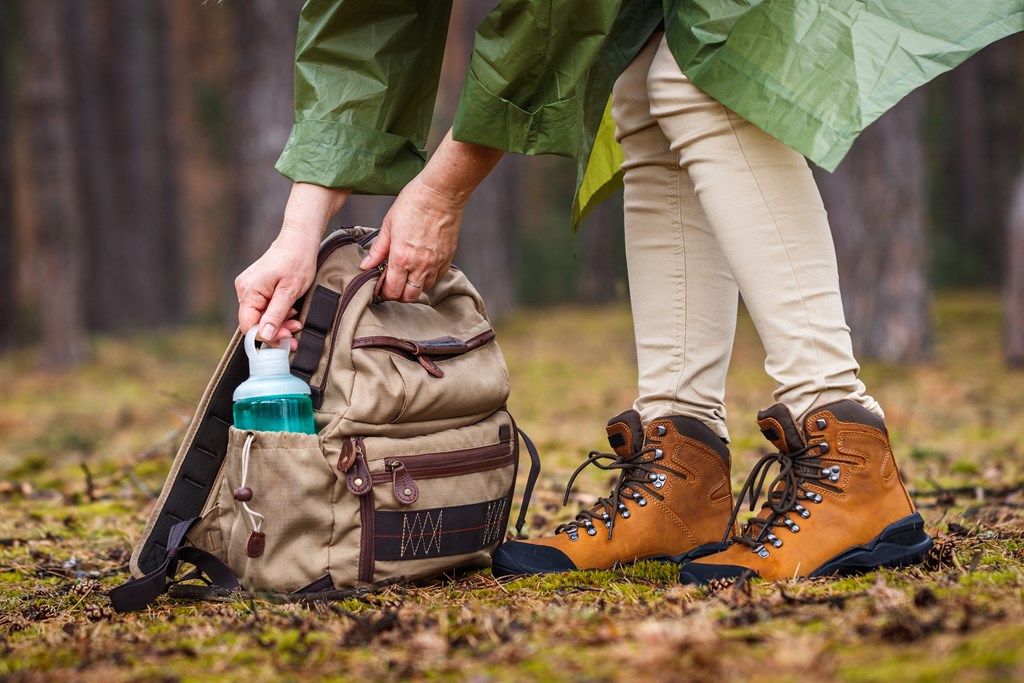
3. Say “No” to Plastic Water Bottles
Though it seems simple to grab a case of bottled water for your camping trip, think about how much you are hurting the environment. According to a study done by the Pacific Institute, it takes three times as much water to make one single bottle of water than it does to fill one bottle of water.
To make matters worse, the chemicals used in the production of that one bottle of water are so toxic that it renders that water unusable, and thus it goes to waste. That same study found that it takes 17 million barrels of oil to produce all the water bottles in the United States every year.
And how many water bottles is that? 50 billion per year. That boils down to 1,500 water bottles being consumed every second in the United States alone. These statistics are enough to get us off the water bottle trend. And you should do the same.
Trade in those plastic water bottles for some reusable bottles or bladders to take with you on your camping trip, and anywhere else you’ll want water.

4. Opt For Natural Body Products
When camping, you’ll be taking with you sunscreen, bug repellent, lotions, and makeup. And, chances are good you’ve thought about how these products affect your body, but not about how using them affects the environment. Water-soluble products such as sunscreen have the power to pollute lakes, rivers, and any other bodies of water you come across in your adventures.
Thus, you want to avoid products that contain permethrin, because this is deadly to the life that exists in that water. To keep it simple, if the product is water-soluble, don’t bring it with you. Find ones that will still keep you safe from the sun and bugs, but which won’t hurt the environment in the process. You’ll also want to get toothpaste and soap that is biodegradable.
It is the accumulation of small things like this that can, over time and with enough people, cause Mother Nature some serious damage. Non-biodegradable toothpaste and soap can take a very long time to break down, so instead bring ones that will be easier on the environment. Something else to note: stay at least 200 feet away from any water when using the soap or toothpaste. This ensures the water is kept as clean as possible.
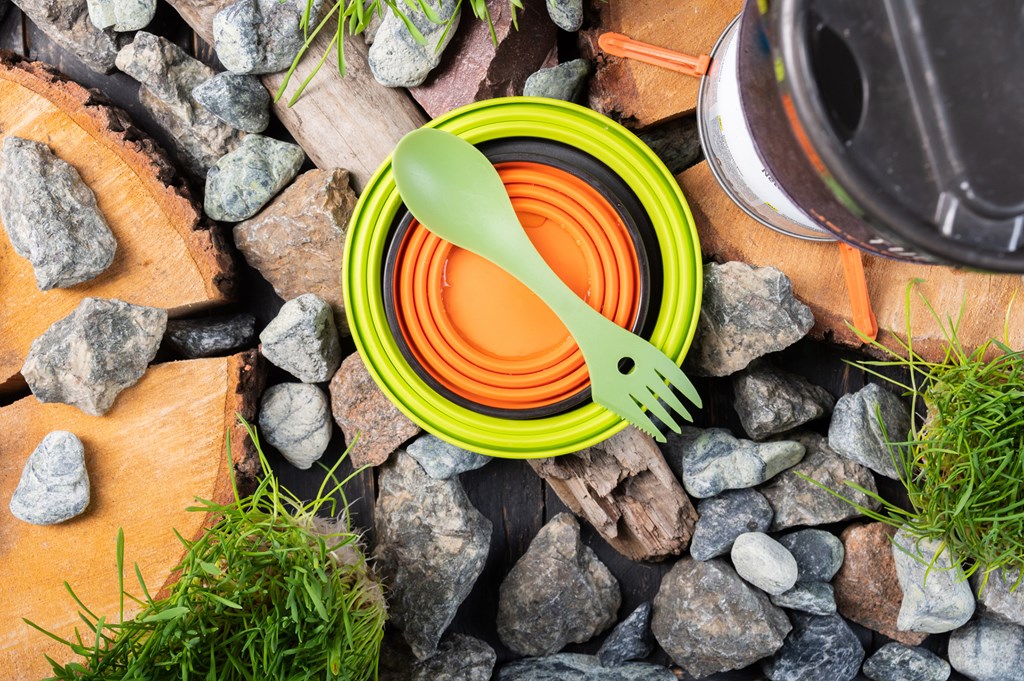
5. Bring Reusable Dishes
The idea of throwing away your paper plates after dinner rather than doing the dishes sounds so nice — especially when you’re on vacation. However, the little bit of extra effort you put in by washing the reusable dishes instead of tossing away paper or plastic ones goes a long way with the environment. You’ll also find that you save money by using the same dishes over and over rather than having to buy new plates and cutlery for every camping trip.
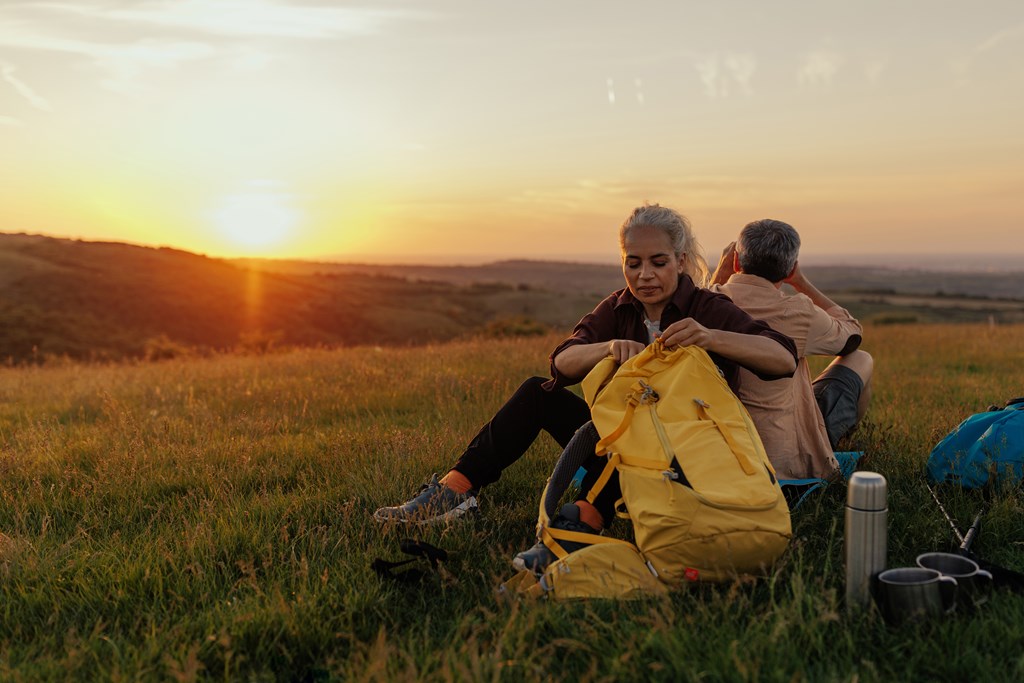
6. Pack Out What you Bring In
One of the best ways you can help the environment and keep your camping areas in good shape is by bringing out what you brought in. You can easily do this by sorting your waste into trash and recycling. If you really want to feel good about being eco-friendly, you can even bring a bag for compost.
Whatever you do, do not leave anything at your campsite that wasn’t there before. This means even toilet paper and hygiene products. Speaking of toilet paper, you need to be sure you are putting any human waste in holes that are 6-8 inches deep, and at least 200 feet from water. “Carry in, carry out” is a rule that all campers should follow.
There are too many people that break this rule and massively disrespect the beauty of nature. Don’t be one of them — treat the environment right and bring your trash with you when you leave.
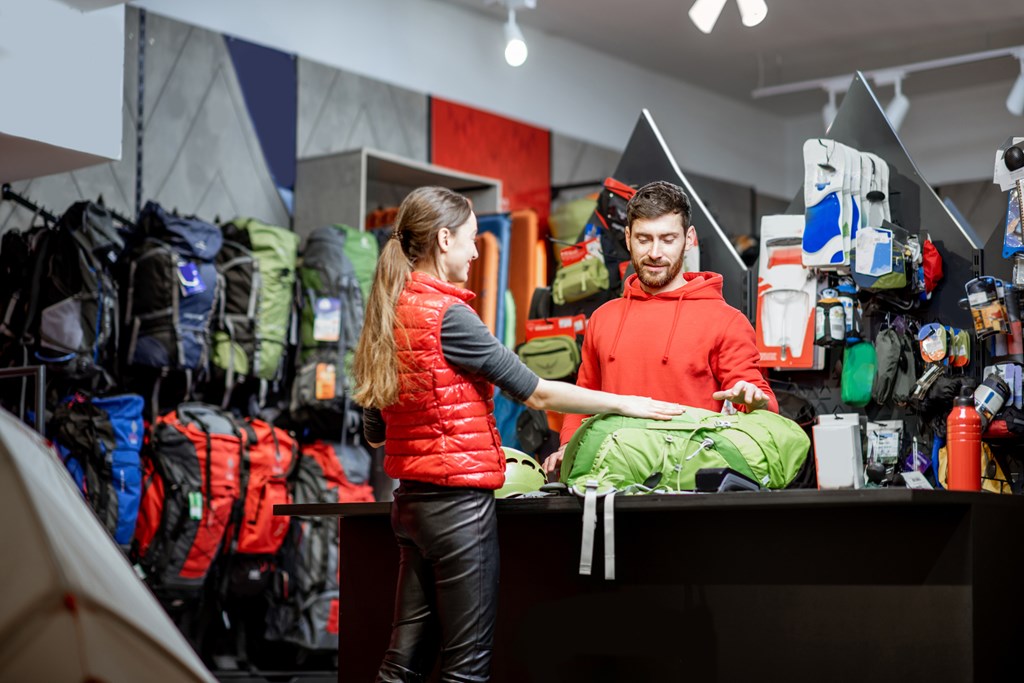
7. Get Used Gear or Rent
Do you really need to buy a brand new tent, or can you get by with one that is used, or by repairing the one that you’ve got? There is a great deal of money invested in the camping gear industry, but that doesn’t make it eco-friendly.
The way for you to have the lowest amount of impact on the environment with your camping is not to get the newest gear, but instead to use the gear that already exists. You can look for gear in second-hand stores, on Craigslist, or even get it from friends. You’ll love not only how eco-friendly opting for used equipment is, but you’ll also love how much money it saves you.
We are no strangers to the high costs of camping gear, and know the money you spend there can be spent instead on taking more trips and getting into those beautiful outdoors more often.
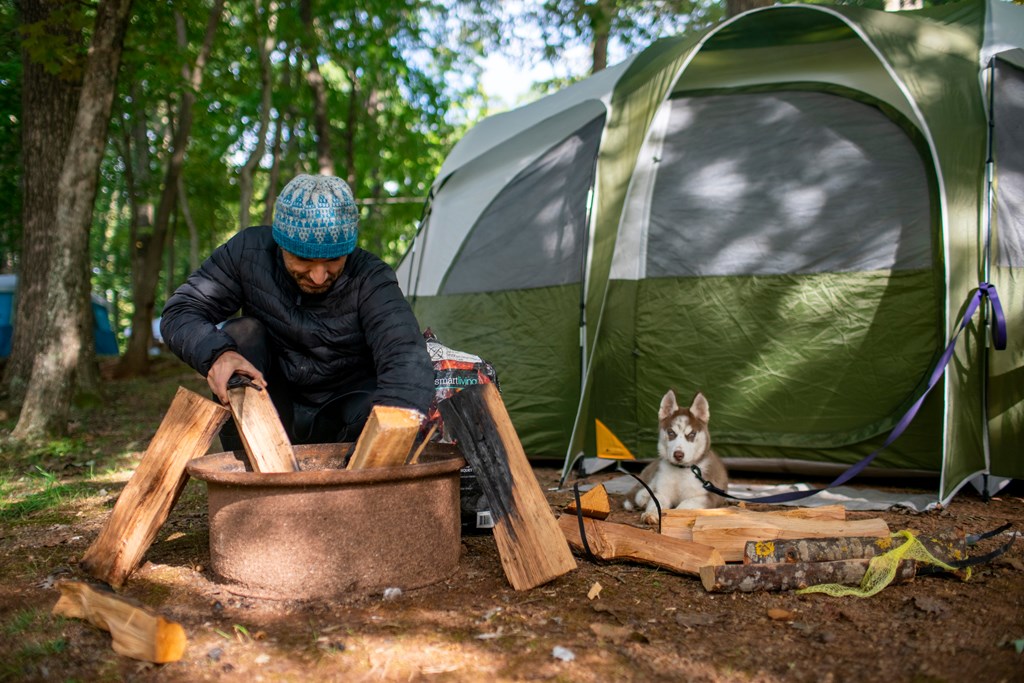
8. Only Camp in Designated Areas
While “off-roading” with your camping sounds adventurous, you are likely causing the environment a lot of harm by doing so. Designated camping spots are chosen based on their durability, their safety for you, and their safety for the environment. Staying in areas that will have the least impact on the land is what you should be searching for.
With nearly 500 locations across the United States and Canada, KOA has the best campsites and amenities you can possibly find. Whether you’re in the mood for tent camping, RV camping, or spending your trip in a Deluxe Cabin, KOA has everything you need to make sure your camping experience is top-notch, and eco-friendly.
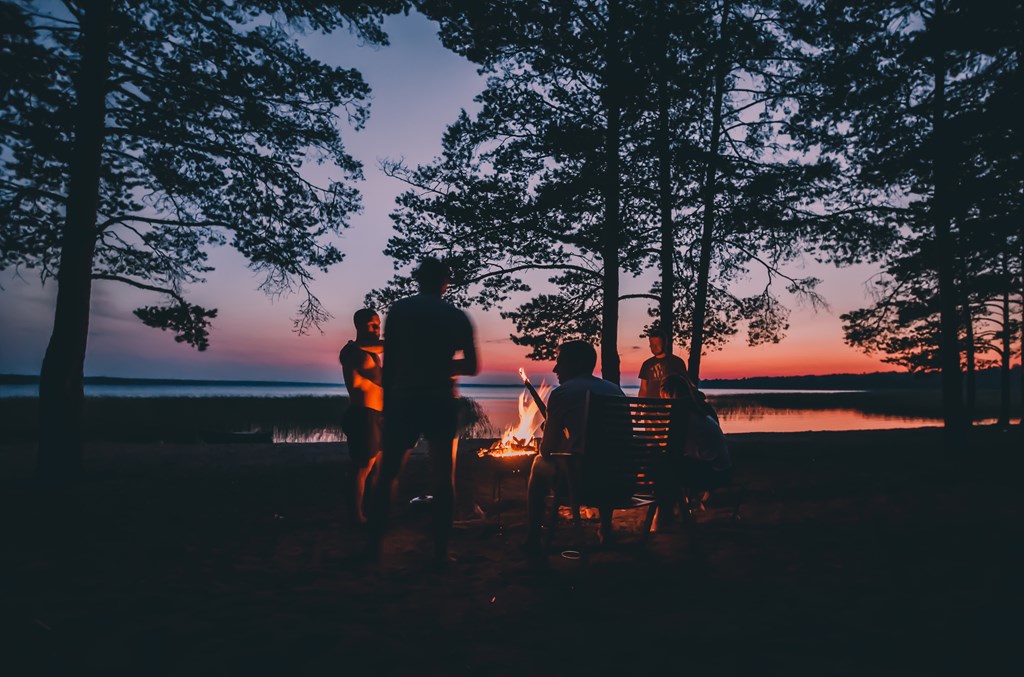
9. Practice Fire Safety
Camping just isn’t really camping without a stomach full of s’mores and sleepless nights thanks to spooky ghost stories around the fire. In other words, the campfire is an integral piece of the camping experience. However, if done wrong, fires can be a big problem for both you and the environment.
Here are some things to keep in mind when building a campfire:
- Research ahead of time any fire bans in place
- Only build a fire in a fire pit
- Build the fire away from anything flammable such as your tent or sleeping bags
- Keep the fire a manageable size
- Do not burn food — that will attract creatures
- Do not put the fire out and immediately leave the site. Instead, pour water and wait 45 minutes to ensure all the flames are out
Environmentally Friendly Tips From Kampgrounds of America Campers
- Bring a clothesline: Clotheslines use free wind and sun energy to dry your swimsuits, towels and other items that you feel you must wash.
- Use an all-in-one biodegradable soap for dishes, showering and laundering: Burt’s Bees and Campsuds are two of many companies that sell an all-in-one wash for dishes and bodies and made specifically for camping. Less to haul along and less to keep track of, too.
- Shower less often: Fewer showers mean less water use—and less energy needed to heat it.
- Leave the extra electronic gadgets at home: Do you really need more than a mobile phone? Dock it while you camp and charge it when it’s almost dead instead of leaving it plugged in for the entire weekend.
- Install solar panels: Consider choosing a solar panel option that can run essentials such as the hair dryer, A/C and microwave.
- Use real silverware to prevent waste: If needed, you can wash your dishes once or twice a day.
- Travel as light as possible: Minimizing supplies can mean saving space and saving resources such as fuel.
Stay Green While Camping at KOA Today
KOA is proud to offer sustainable camping for all visitors. Whether it is recycling or electric charging stations, you can feel good about making a positive environmental impact when you stay at KOA.
As part of KOA’s commitment to green practices, RV owners can find resources and other information through the Green RV series. This three-part series offers insights into reducing emissions through simple maintenance. Explore parts one, two and three of the series to learn more.
Experience KOA’s many green initiatives for yourself by booking a stay at a campground near you today!
About the Author: Kampgrounds of America
Kampgrounds of America is the largest system of open-to-the-public campgrounds in the world, with over 500 locations across the United States and Canada. Founded in Billings, MT in 1962, KOA’s family of campground brands – KOA Journey, KOA Holiday and KOA Resort – today serve more than a million camping families each year. KOA is dedicated to “connecting people to the outdoors and each other” by providing people with a variety of camping experiences and the information they need to make the most of their camping trip. Read more of their camping and travel resources by visiting KOA.com/blog.







